Winter has well and truly set in, and with it comes numerous household hazards for our little ones. We like to get snuggly by our heaters, firepits, and fireplaces. We have a tendency to drink more hot drinks and cook more comfort food on the stove, such as soups and stews. Plus we like to turn up the temperature and have nice warm baths or showers to beat the chill. Then, with all the extra (and endless!) viruses that we pick up during the chilly months, we often have the vaporisers going overnight and use steam to help fight the symptoms of coughs and colds.
Babies are particularly vulnerable to burns and scalds in the home with all of this going on. With their curious and fearless nature, it puts them more at risk. Because babies develop so quickly, it’s easy for something to be out of reach one day but then suddenly they can get to it the next…and they move so fast, too!
Scalds and burns are painful, and can lead to long-term scarring. However, the reassuring news is that most of these injuries can be prevented.
Prevention of burns and scalds in the home
Here are 15 practical tips for keeping your baby safe from burns and scalds at home:
- Keep hot drinks and food high and out of reach of children.
- Restrict their access to the kitchen with a safety barrier, and do not hold your baby while you cook.
- Keep a fire blanket and fire extinguisher in or near the kitchen.
- Never leave a filling bath unattended, and use a bath thermometer before putting bub in the bath. A safe temperature for a child’s bath is between 37°C and 38°C (or about 36°C for a newborn).
- Avoid holding hot drinks while you hold/wear your baby or push them in the pram.
- If you need to use a vaporiser or humidifier, choose a cool mist model rather than a steam one.
- Microwaving baby bottles can result in hot spots of milk that can scald a baby’s mouth, so heat baby bottles in hot water instead.
- Microwaving baby food can also be a risk for the same reason, so heat solids on the stove.
- Ensure your smoke alarms have been installed and recently checked, and you have a working electrical safety switch.
- Contact a licensed plumber to check that the water temperature is delivered at no more than 50℃ in bathroom outlets.
- Your baby’s sleepwear is preferably marked ‘low fire danger’.
- For heaters and fireplaces, use safety guards so that your baby can’t access them, and always supervise your little one when they’re near.
- Always remove hot water bottles or heated wheat bags from anyone’s bed before getting in.
- Make sure all appliance cords and any part of the appliance is not dangling over the bench.
- Keep hairdryers and hair straighteners out of reach, and keep them unplugged and in a secure cupboard when not in use.
For a more detailed list of home burns safety, please see Kidsafe’s checklist that you can download and tick off as you look around your home and identify any hazards. Prevention is key!
Treatment of burns and scalds in the home
Firstly, you must have a complete first-aid kit in the home (and the car) so that you can be prepared to treat your child for burns or scalds. Taking the correct first-aid steps can make a significant difference in the rehabilitation and long-term outcome of a burn injury.
According to Kidsafe, if a burn does occur, it’s important to:
- Remove – remove yourself from danger. Remove any clothing and jewellery from the burn area unless well stuck to the skin
- Cool – place the burn under cool running water for twenty minutes. Never use items like ice, oil or butter on a burn as these can make it worse
- Cover the burn with a clean dressing
- Seek medical attention if the burn or scald is on the face, hands, feet, genitals or buttocks, is larger than a 20-cent coin or blistered
For more information about the prevention and correct first aid treatment of minor burns and scalds, please visit https://kidsafe.com.au/national-burns-awareness-month/

 PARENTING TIPS
PARENTING TIPS







 PREGNANCY
PREGNANCY








 BABY CARE
BABY CARE








 TODDLERS
TODDLERS








 TEENS
TEENS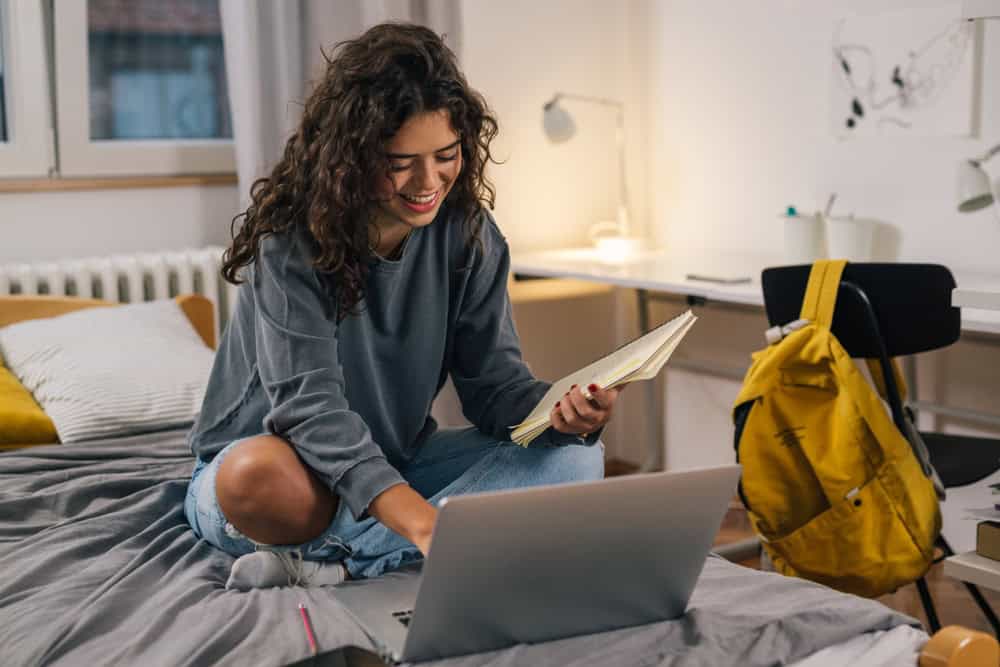

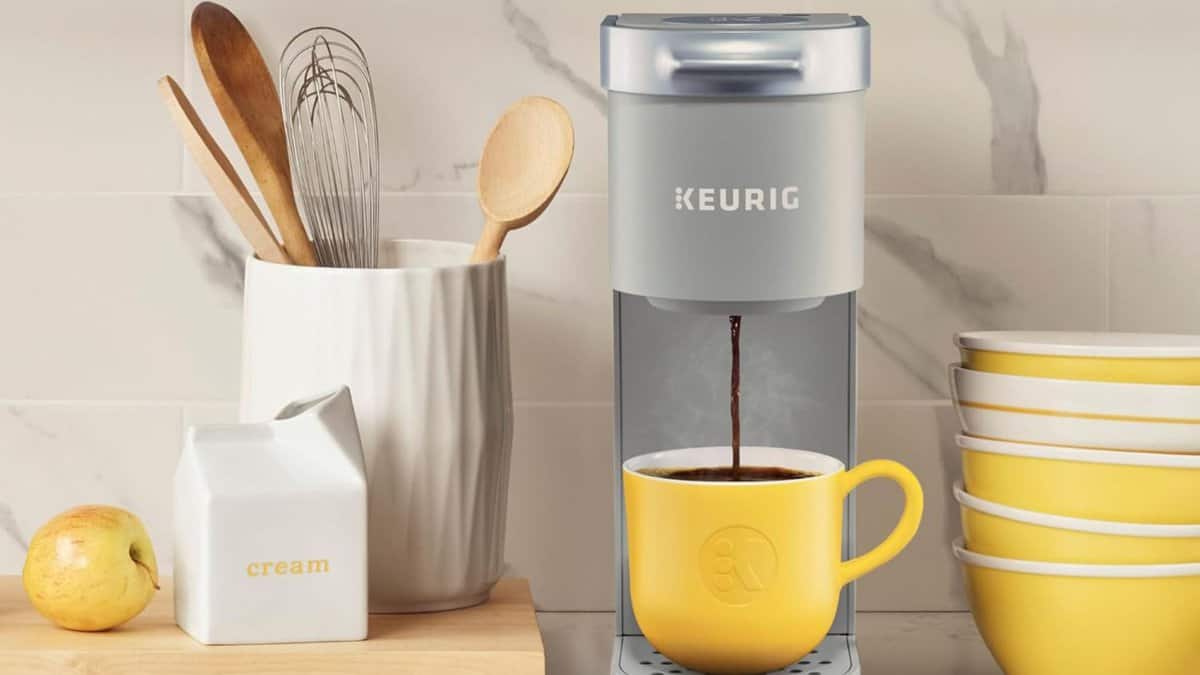
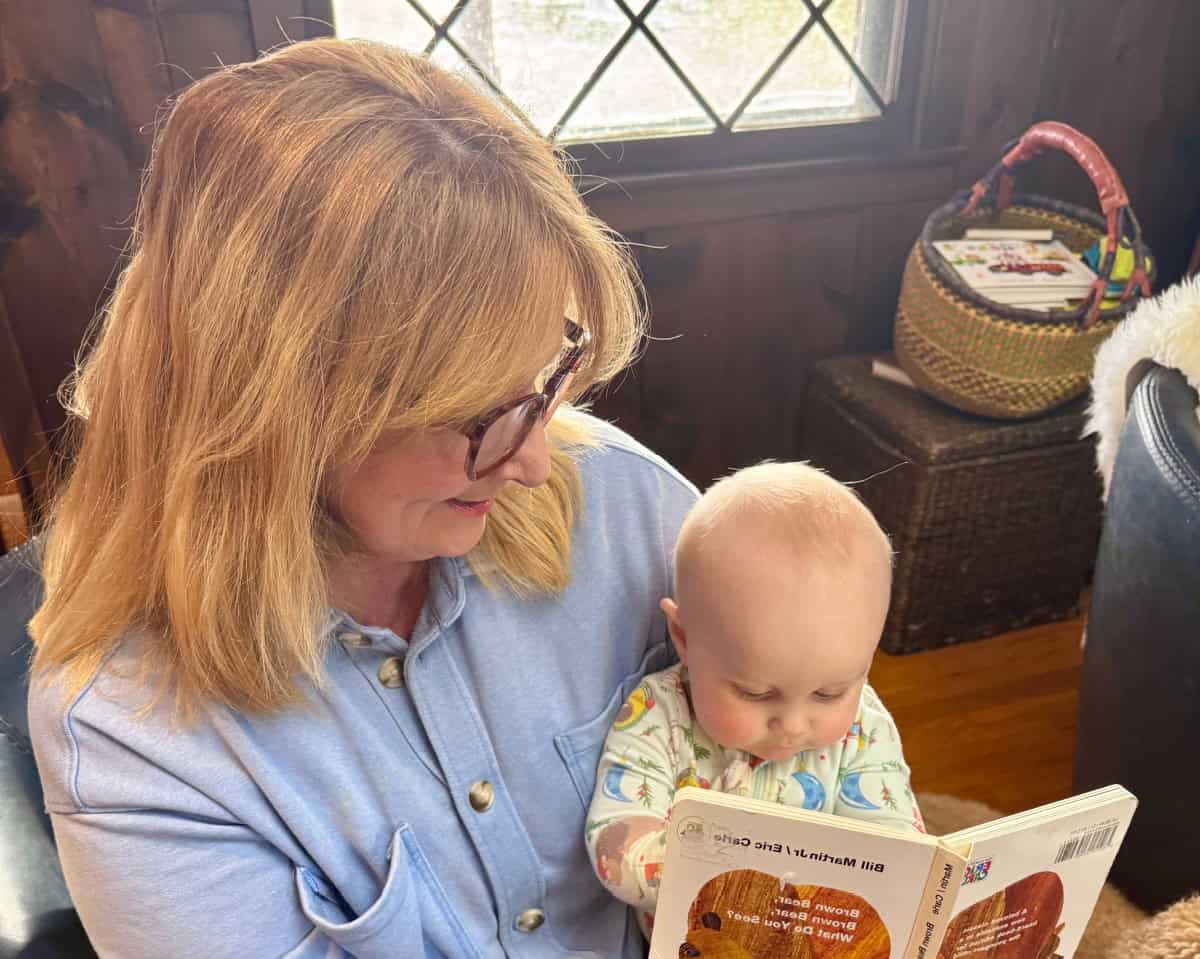
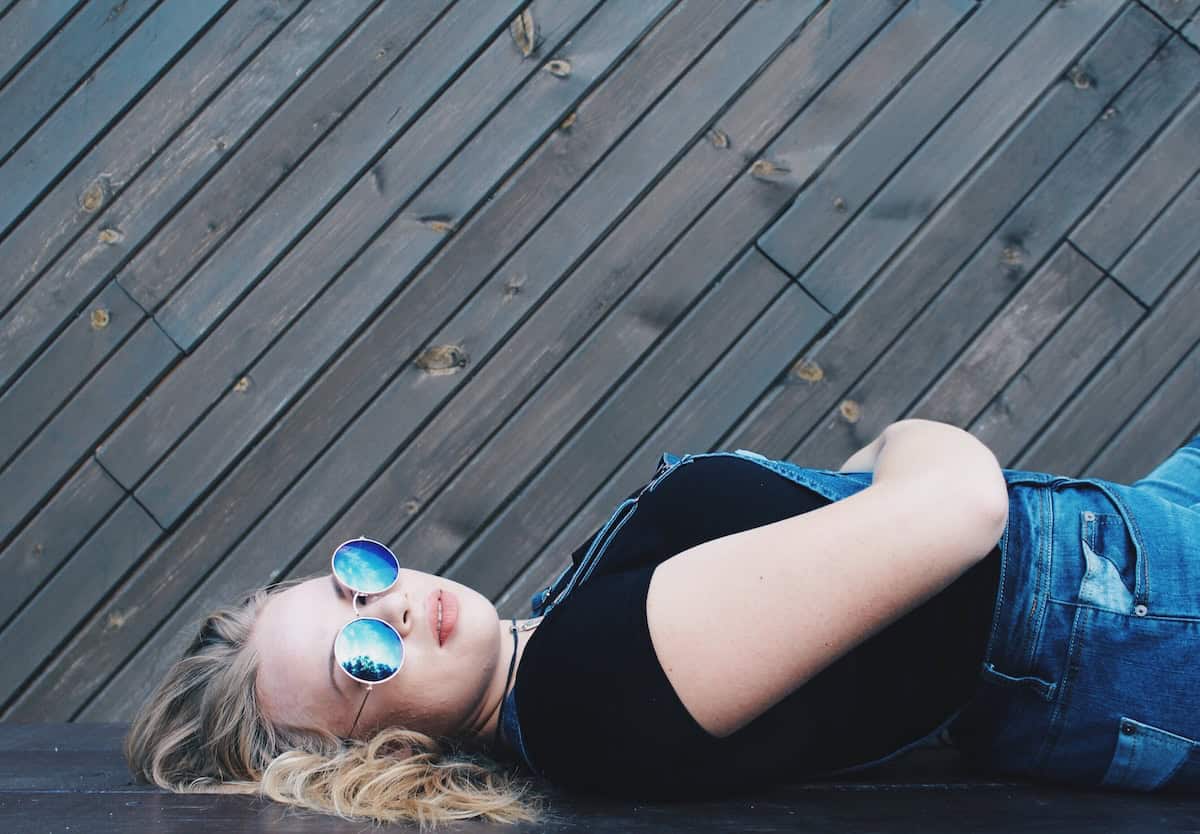


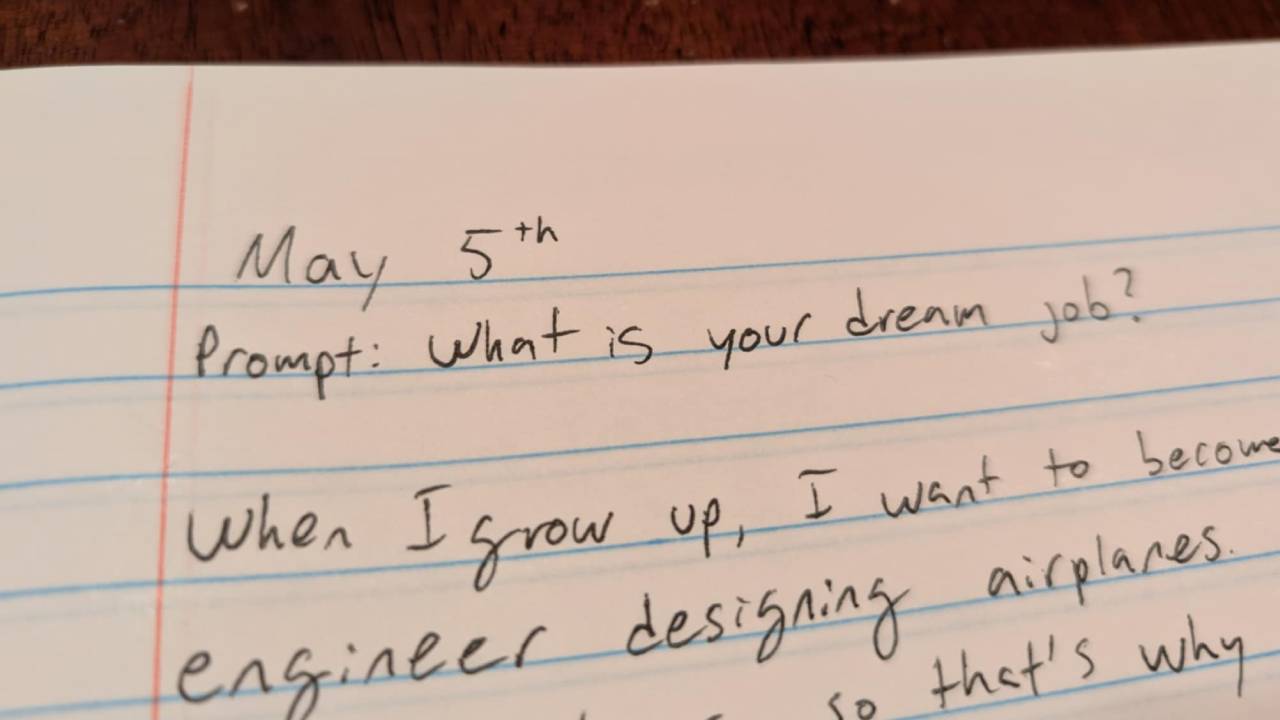

 HEALTH CARE
HEALTH CARE
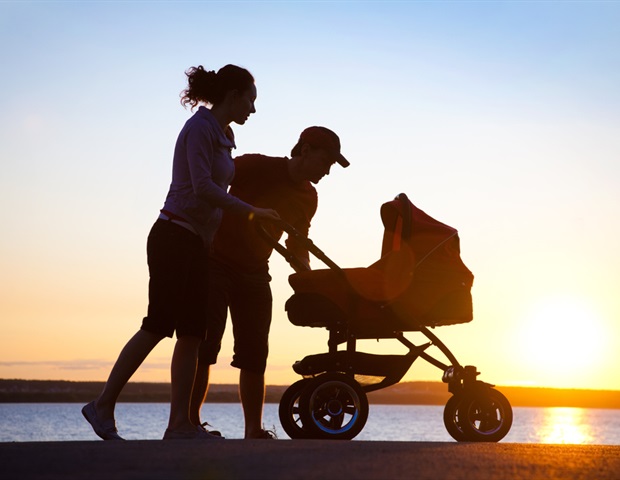


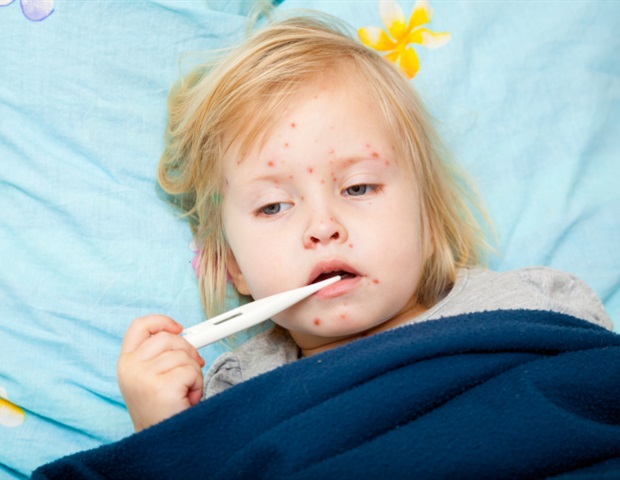
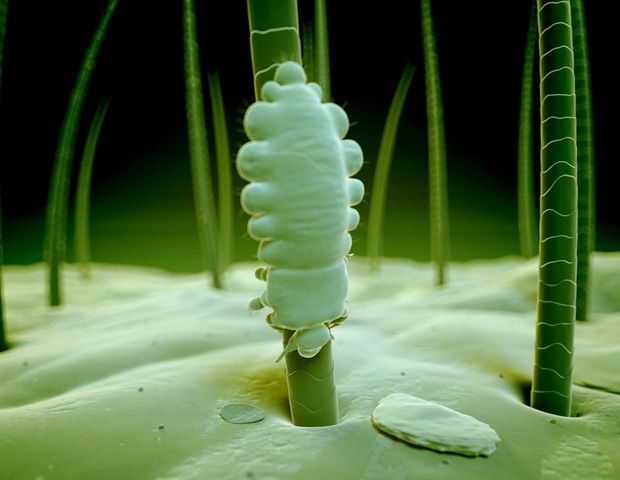


 ACTIVITIES & CRAFTS
ACTIVITIES & CRAFTS








 CONTACT
CONTACT ABOUT
ABOUT


